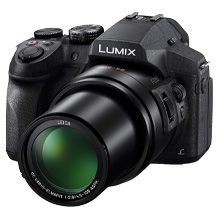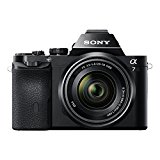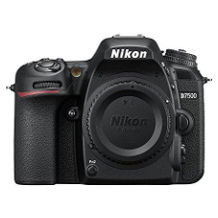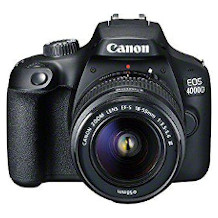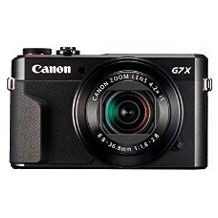Polaroid camera purchasing advice: how to choose the right product
- The most important facts in brief
- Polaroid cameras take their name from the manufacturer Polaroid, who invented the instant camera in the 1940s.
- Originally, they were only available in analogue, but now there are also a variety of digital models.
- The image quality is lower than other cameras and varies from model to model.
- Nowadays, instant cameras enjoy great popularity, especially among young people, because of their retro flair.
Pictures in seconds
For a long time they literally disappeared from the scene, but for some years now they have been experiencing a small renaissance: we are talking about instant cameras. In many places, they are known as “Polaroid cameras”. This is because it was the US manufacturer Polaroid who invented the instant camera at the end of the 1940s. In the meantime, there are also models from other manufacturers.
At the time, it was considered a sensation that the camera was able to develop pictures directly. This meant that the photographer had the finished picture in his hands only a few seconds after taking his snapshot. In the age of digitalisation, the resurgence in popularity of instant cameras can be explained by the touch of nostalgia attached to the devices.
From the beginning, taking photos with Polaroid cameras was comparatively expensive, primarily because of the significantly more expensive film material. On the other hand, users accepted this disadvantage in order not to have the photos developed in a studio for a certain fee. Even the significantly poorer image quality compared to other processes did not detract from the charm of the instant camera.
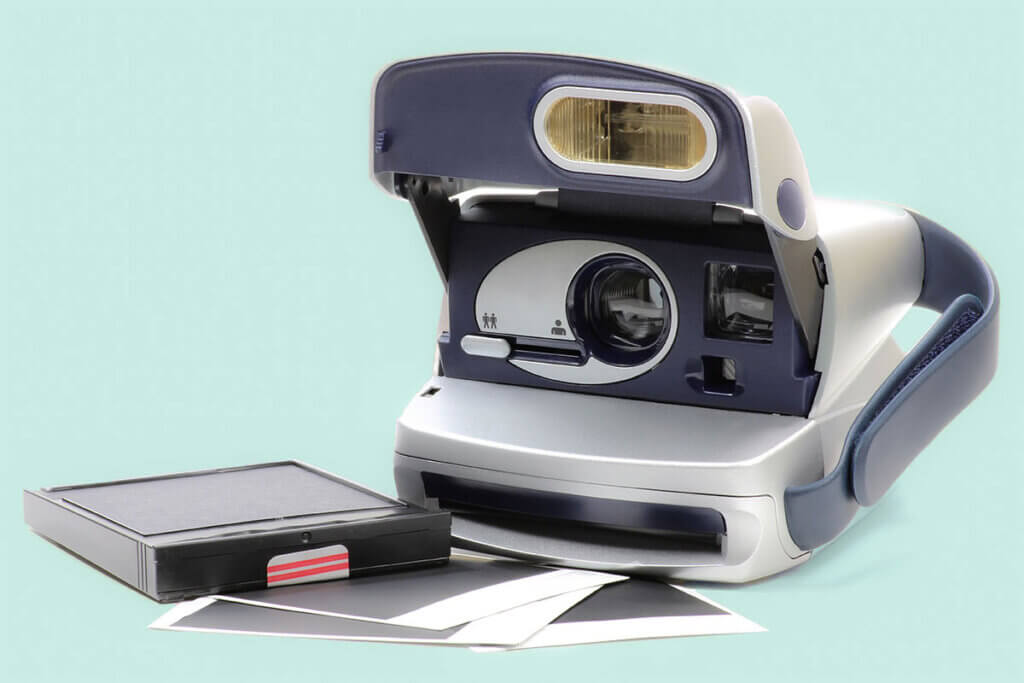
Another plus point besides the retro flair is the authenticity of the photos, as retouching is practically impossible. It is true that the photos cannot be shared directly digitally and therefore cannot be used on social media channels such as Facebook or Instagram. On the other hand, there is the advantage of having a photo in your hands immediately. Some photo artists appreciate the characteristic white border of the images as a kind of included passe-partout. The purpose of instant cameras is therefore different from conventional digital cameras.
Pro points
- Instant printing of photos
- High degree of authenticity
- Retro charm
- Ease of use
Drawbacks
- High cost per photo
- Poorer image quality
The instant camera through the ages
In 2008, the Polaroid company went bankrupt and consequently had to stop production. Many Polaroid users were disappointed, as Polaroid cameras were known for their high-quality workmanship. At that time, the manufacturer Impossible was able to remedy the situation by acquiring an old Polaroid production facility.
In the meantime, the product portfolio has been restructured. Under the name Polaroid Originals, the manufacturer is once again offering instant cameras, just like the competition from Fujifilm or Canon. For most manufacturers, digital cameras make up the bulk of the product range. However, digital technology entails some changes compared to its analogue predecessor.
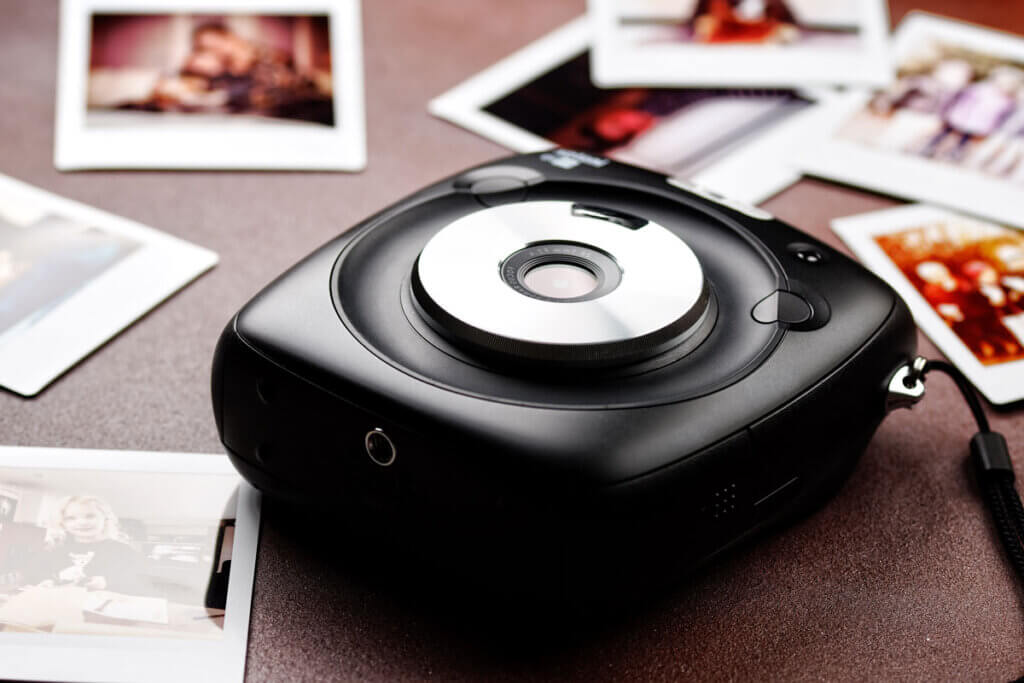
The main differences concern the printing process on the one hand, and the presence of a screen on the back of the housing on the other. With many models, it is possible to prevent a failed photo from being printed. This has the advantage of saving costs. For many, however, it is precisely the fun factor that is lost, because the moment of suspense that lasts with a purely analogue camera until the photo can be recognised is missing.
Well-known brands
Polaroid Originals | Fujifilm | Leica | Canon| Kodak
Digital instant cameras try to combine the best of both worlds. On the one hand, the photos are available for immediate printing, and on the other, the cameras offer the option of saving the image material digitally on an SD card. Most models, however, work in analogue and only allow a photo to be printed once. A function for duplicating is only offered by higher-priced cameras. Otherwise, your only option is to scan the photo and output it again via a photo printer.
Keep in mind, however, that just because an instant camera is digital, the editing options are not necessarily greater. For example, some cameras offer the option to customise the photos with special filters or even frames before printing. There are also digital instant cameras that print every photo without the need for a screen or the processing options that come with it.
The differences in film material
Depending on the manufacturer, there are three different output mechanisms for both analogue and digital cameras:
Platen: There is a developing fluid on the edges of the film. When a photo is taken, this is pressed out by a roller. This principle is used in cameras from Fujifilm, Leica, Rollei and Polaroid Originals.
Zero Ink process: In the ZINK process, the colour pigments are already part of the film. By heating the film to different temperatures, the colours emerge and the colour spectrum becomes much more vibrant. Canon, Polaroid and HP use this technology.
Colour films: In the camera there are three films in the primary colours cyan, magenta and blue. By heating, these colours stick to the photo paper one after the other. This is the case with Kodak and LG cameras.
Image printers make it possible to give pictures taken with other cameras the flair of instant camera shots. Some manufacturers, such as Polaroid Originals, provide an app that allows you to send images from a mobile device to the printer for printing.
How expensive is it to take photos with instant cameras?
The price per photo is usually around one euro. With Polaroid Originals cameras, it can be twice as much. Printing with a photo printer is sometimes a little cheaper; photos can be produced here for around 60 cents. For many users, however, the high price is not a disadvantage. As a result, amateur and professional photographers may give more thought to the motif beforehand and appreciate the finished photo more afterwards.
The most important buying criteria
Before buying an instant camera, get an overview of the most important features. Since each model has its own characteristics, it is important to pay attention not only to the quality of the photos and the printing method, but also to the camera itself. These include the size of the housing, the operation, the available interfaces and the built-in battery. The image size and the development time of the photos can also be of interest.
Interfaces
Like other cameras, the digital versions of instant cameras offer a variety of different interfaces – first and foremost a USB port, which is used for data transfer and for charging the internal battery. To charge the device, analogue cameras also have a USB input.
An SD card slot for storing images is reserved for the digital models. Connectivity via Bluetooth allows you to control the camera via an app on your smartphone or tablet. In addition, you can print photos created on the smartphone with the look of instant cameras.
Camera size
Instant cameras come in different sizes. With the OneStep series, Polaroid Originals offers cameras whose housings are modelled on the original models from the 70s and 80s. A carrying case is therefore indispensable for taking photos on the go, just like the original models from back then. The situation is different, for example, with the Instax Mini series from Fujifilm, whose models are among the smallest instant cameras with a housing size of 11 x 11 centimetres. In general, however, instant cameras are larger than purely digital cameras because the inserted film takes up a lot of space inside the devices.
Image size
It is obvious that the size of the camera body determines the size of the printed image. The Fujifilm Instax Mini series cameras produce photos that are only slightly larger than a passport photo at 6.3 x 4.6 centimetres. The Wide series from Fujifilm allows formats of 9.9 x 6.2 centimetres. Even larger pictures are taken with the Polaroid Image or Spectra format. These are 9.1 x 7.2 centimetres without borders.
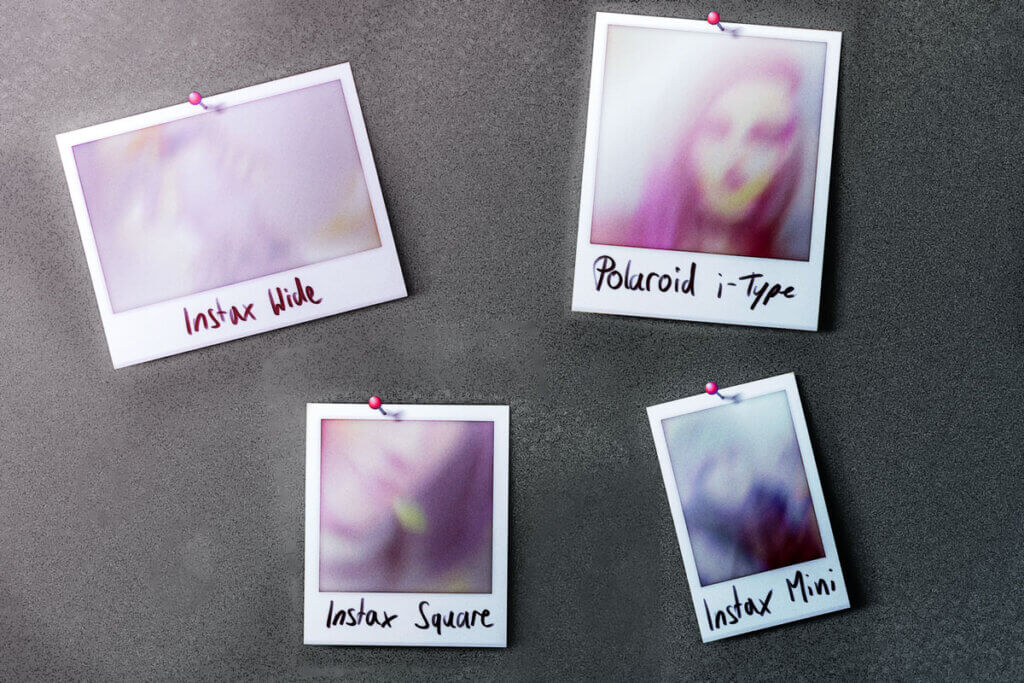
Photo paper
The different processes use different types of photo paper. Depending on whether you choose a camera with a print roller, colour film or ZINK process, you will need a different compatible film material. As a rule, films for the zero-ink process are the cheapest because they do not require any ink at all.
Features and extras
Viewfinder and zoom are among the characteristic features of instant cameras. The selfie trend has also left its mark on instant cameras. That is why some cameras offer a built-in selfie mirror. Red-eye reduction is an important feature because portrait photos are one of the main uses of instant cameras and the flash cannot be switched off on some models.
If the photographer wants to be in the picture himself, a self-timer helps. Here, a tripod thread is of particular interest in order to be able to position the camera stably and at the appropriate height. A tripod is also helpful during long exposure shots. Many cameras offer a flash for taking pictures in low light conditions.

You cannot always choose whether the camera triggers it. The Fujifilm Instax Mini 8 Minion, for example, also activates the flash every time the shutter button is pressed. Other cameras have a flash with a selectable colour filter to give the photo an appropriate shimmer. To add a personal touch to the photo before printing, some cameras have a choice of filters. Most cameras offer autofocus, which automatically detects the distance between the camera and the subject and focuses the lens accordingly. If an instant camera does not have autofocus, it usually takes longer to take a picture because you have to focus the lens first. Many, but not all, digital instant cameras offer a display to review and edit the photos before printing.
Development time
The time it takes to develop photos depends on both the film stock used and the camera. With colour film, it takes between one minute and three minutes. It is quicker with special black-and-white films, with which development takes only a few seconds. During the development time, you should not expose the photo to bright light. For this reason, manufacturers recommend placing it on a flat surface with the subject side down for development. The image release time of the camera should not be confused with the development time. If it is very short, you can print several photos in quick succession.
Battery
Most instant cameras have a lithium-ion battery that can be charged via a USB port. One exception is the Instax Mini models from Fujifilm, which are powered by two AA batteries supplied with the camera.
Price
The price of an instant camera varies between about 50 and 400 euros, depending on the manufacturer and model. It should be noted that the cheapest camera does not always pay off in the long run. Especially with a Polaroid camera, you have to consider follow-up costs in the form of film material. In addition, a camera without a rechargeable battery requires regular battery changes. Some models come with accessories such as a carrying case, so you don’t have to buy them afterwards.
Practical tips for using an instant camera
Because instant cameras have their own unique way of working, photographers need to be aware of one or two special features.
Motif selection
Because of the small image format, instant cameras are best suited for portraits or shots in which few objects are visible. Details in the background are usually too small to be clearly visible in the picture. It is also important to ensure that the camera is at the correct distance from the subject. This should be between 60 centimetres and a few metres. Not all cameras require a macro mode to be set in advance, which allows good pictures to be taken even at a shorter distance.

Do the images from an instant camera have a limited shelf life?
The pictures can retain their quality for a very long time – provided they are stored correctly. Care should be taken to protect them from direct sunlight as much as possible. Because of the film’s high sensitivity to light, UV rays can cause the colours to fade or have a red cast. The safest place for the photos is in a picture frame or photo album.
Freshly printed photos – and now what?
The old Polaroid photos from the 1970s and 1980s left the camera still moist with shiny developer fluid. This is why the myth is still widespread today that the user can speed up the development time by wiggling the photo. However, this is now not only unnecessary, but can even be harmful to the photo. It is much more advisable to place the photos with the image side down, because protected from light, the chemicals can spread best on the film.

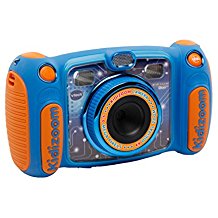
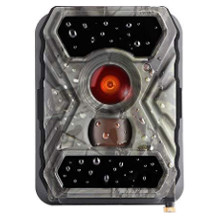
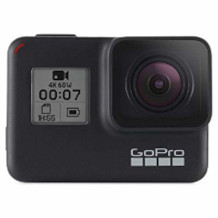
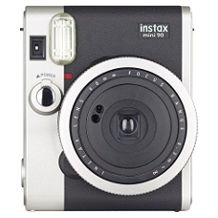
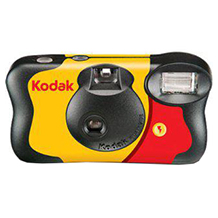
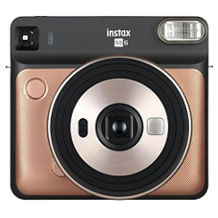
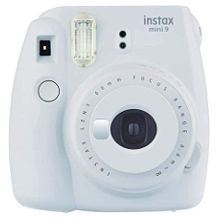

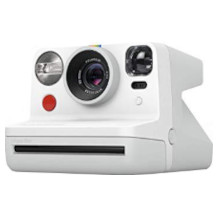
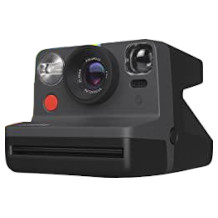
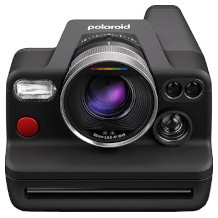
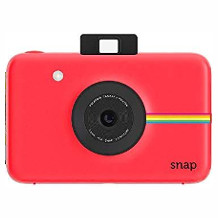
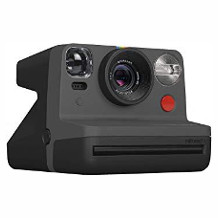
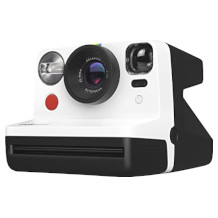
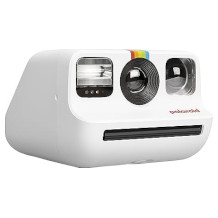
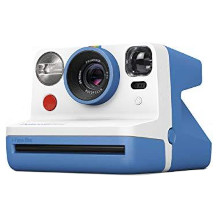
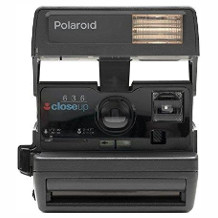

 3,024 reviews
3,024 reviews




